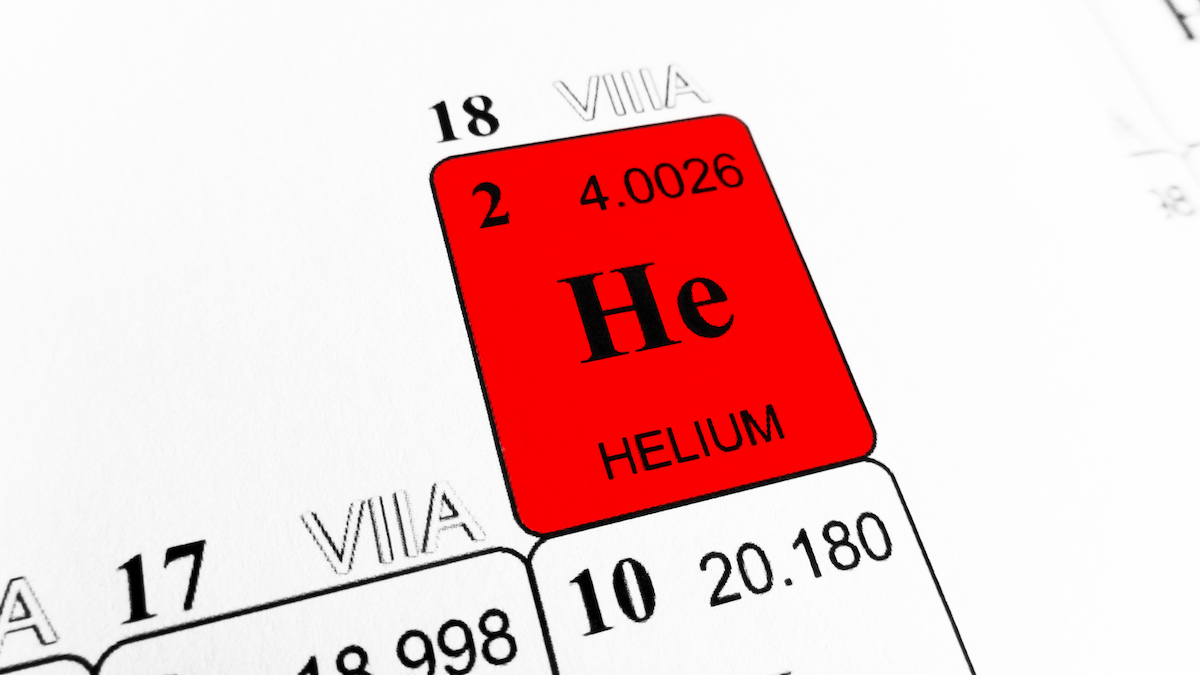Helium mining: The Australians building a wireless network in return for crypto rewards

Picture: Getty Images
Maybe you won’t have a gas mine for Helium — but you might turn a tidy profit.
A number of Australians are helping build a global wireless network in return for rewards in the form of Helium (HNT) tokens.
Sydneysider Brice Tatham, a 36-year-old tech worker, recently received six Helium hotspots and antennas he ordered back in February for around A$550, and was also involved in Helium mining with a business partner located in New York.
“People are drawn to it for the mining and the passive income aspect, but it’s actually got utility behind it,” he said.
The Helium network is based known as LoRaWAN technology (Long Range Wide Area Network) — it’s very low bandwidth, but devices are capable of transmitting for several kilometres without using much power.
The Helium “LongFi” network is just getting started in Australia — Helium hotspots have been in short supply because of the global chip shortage — but in America, it is being used to keep tabs on things like Lime scooters and Salesforce badges.
It could be used for all kinds of Internet of Things devices, including car park sensors, pet and cattle trackers and bushland smoke detectors in national parks, backers say.
Users of the network must pay in Helium tokens for the data transfer, and HNT tokens are also used to reward people hosting hotspots under the network’s “proof of coverage” model.
Ian Moore, a 54-year-old emergency service worker in Brisbane, has 10 Helium miners on order and expects they could pay for themselves within a month when they finally arrive.
“With Australia, because of this hardware shortage, there was no hardware in Australia at all to power the People’s Network until three or four weeks ago,” aside from a school group that got some devices back in December for research purposes, Moore said.
“I’m expecting that it will be September before I physically get my units, but those that were the very early adopters, they got their miners in the last couple of weeks and they are now on the blockchain, on the map, and it’s very exciting to see the Australian map is starting to show power,” said Moore, who runs the Helium Downunder YouTube channel.
To keep miners honest, each Helium hotspot must be “witnessed” by another hotspot that’s within range, or it won’t receive many tokens.
But hotspots must also be at least 300m from one another, so that miners don’t set up pointless, duplicative hotspots on their own property.
Moore says he’s lined up friends who will be hosting the miners, while Tatham has recruited people from the 4,000-member Facebook group he runs to house them.
“I look at it as an income source, to mine cryptocurrency, but I’m also really taking a stance on building the Internet of Things,” Moore said. “I look at it right now, it is very much in its infancy, and I see that’s trying to be a huge growth industry as well.”
How to get started
There are a couple of different companies making Helium miners out there, and all are back-ordered.
Moore says he’s keen on a company known as Linxdot, which is working to get its machines accredited. It’s a UK company with a history of delivering technology items, he says.
Other companies producing machines for Australia include Synchrobit and Nebra, the company Tatham ordered from.
Helium tokens can also be purchased from Binance and staked in return for rewards by node validators.
The Helium website also has a lot of information on how the network functions and various investment options, Moore says.
UNLOCK INSIGHTS
Discover the untold stories of emerging ASX stocks.
Daily news and expert analysis, it's free to subscribe.
By proceeding, you confirm you understand that we handle personal information in accordance with our Privacy Policy.








